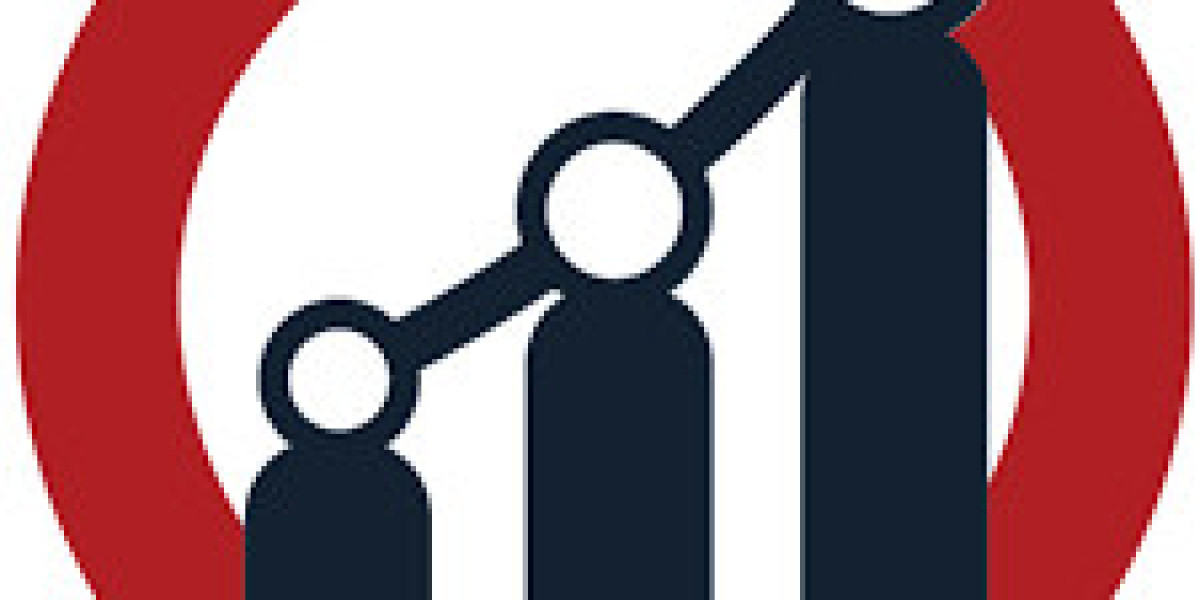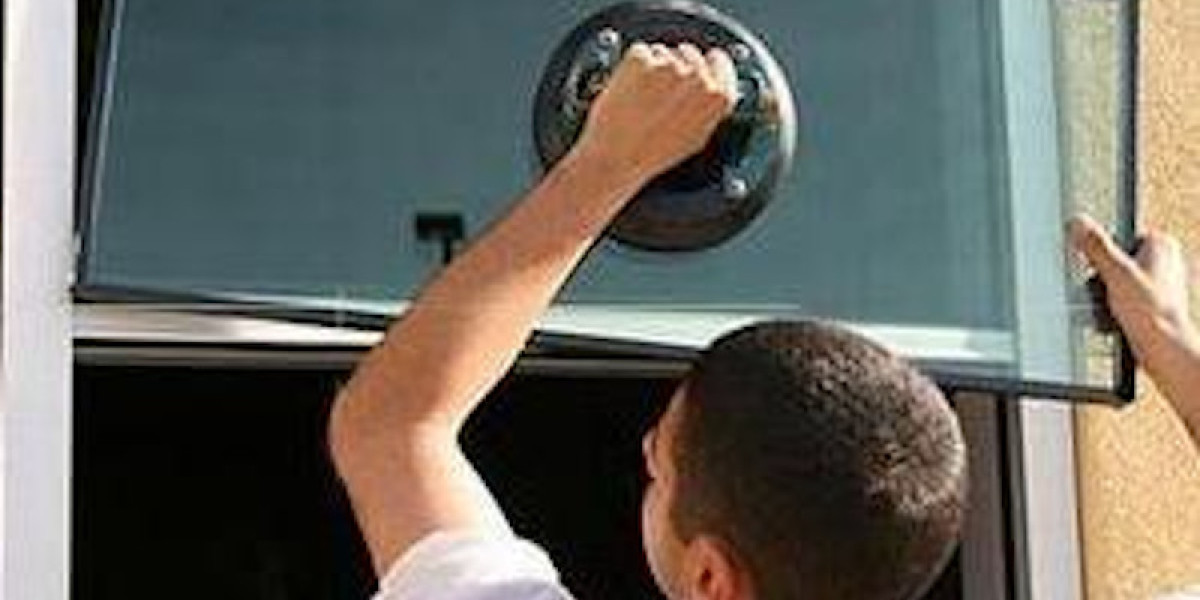Hybrid Fibre Coaxial (HFC): Bridging High-Speed Data and Cable Networks
Introduction
Hybrid Fibre Coaxial (HFC) is a telecommunications network architecture that combines optical fiber and coaxial cable to deliver broadband services such as high-speed internet, television, and voice communications. HFC networks leverage the high bandwidth and low latency of fiber optics with the widespread reach and legacy infrastructure of coaxial cables, enabling efficient and cost-effective delivery of multimedia content to homes and businesses.
What is Hybrid Fibre Coaxial (HFC)?
HFC is a hybrid networking technology where optical fiber cables run from the service provider’s central office or headend to local nodes in neighborhoods. From these nodes, coaxial cables carry signals the “last mile” to individual customer premises. This combination optimizes network performance by using fiber for long-distance, high-capacity transmission, and coaxial cable for shorter distances with existing infrastructure.
Components of HFC Networks
Optical Fiber Segment: Transmits data at high speeds over long distances with minimal signal loss.
Optical Nodes: Convert optical signals into electrical signals suitable for coaxial cable transmission.
Coaxial Cable Segment: Delivers data and video signals from nodes to end users.
Amplifiers and Splitters: Boost signal strength and distribute signals to multiple subscribers.
Customer Premises Equipment (CPE): Modems, set-top boxes, or gateways that receive and decode signals.
Applications of HFC Technology
Cable Television (CATV): Delivers hundreds of TV channels with high picture quality.
Broadband Internet: Supports high-speed internet access using DOCSIS (Data Over Cable Service Interface Specification) standards.
Voice over IP (VoIP): Provides telephone services over IP networks via HFC.
Video on Demand (VoD) and IPTV: Supports interactive TV services and streaming video content.
Advantages of Hybrid Fibre Coaxial
High Bandwidth: Optical fiber supports large data volumes, enabling faster internet speeds and HD video.
Cost-Effective: Utilizes existing coaxial infrastructure, reducing deployment costs compared to all-fiber networks.
Scalable: Easily upgraded by increasing fiber capacity or upgrading DOCSIS standards on coaxial segments.
Reliable Transmission: Fiber optics offer immunity to electromagnetic interference and signal degradation over long distances.
Faster Deployment: Leveraging existing cable networks accelerates rollout of advanced broadband services.
Challenges of HFC Networks
Shared Bandwidth: Coaxial cables are shared among multiple users, which can lead to bandwidth contention during peak hours.
Signal Degradation: Coaxial segments require amplifiers and maintenance to mitigate signal loss.
Limited Upstream Capacity: While downstream speeds have increased, upstream bandwidth can be more constrained.
Competition with FTTH: Fiber-to-the-Home (FTTH) networks offer higher symmetrical speeds but require new infrastructure.
Technological Advances
HFC networks continue to evolve with DOCSIS 3.1 and emerging DOCSIS 4.0 standards, enabling gigabit internet speeds and improved upstream capacity. The integration of fiber deeper into the network—often called “fiber deep”—reduces the length of coaxial runs, enhancing performance. Additionally, advanced network management and software-defined solutions are improving HFC efficiency and service quality.
Future Outlook
Despite the rise of full fiber deployments, HFC remains a dominant architecture due to its balance of performance and cost-efficiency. Cable operators are investing in HFC upgrades to extend network lifespan and meet growing bandwidth demands. Innovations in DOCSIS technology and hybrid fiber-deep architectures are expected to keep HFC competitive in the evolving broadband landscape.
Conclusion
Hybrid Fibre Coaxial technology serves as a crucial bridge between legacy cable networks and modern high-speed fiber optics. By combining the strengths of both mediums, HFC networks deliver reliable, scalable, and cost-effective broadband services to millions worldwide. As technology advances, HFC will continue to play a significant role in the telecommunications industry’s journey toward faster, smarter connectivity.
Read More
| Robotic Platform Market |
| Rockfall Radar Market |
| Router And Switch Market |
| Single Loop Controller Market |
| Smart Lamp Market |








